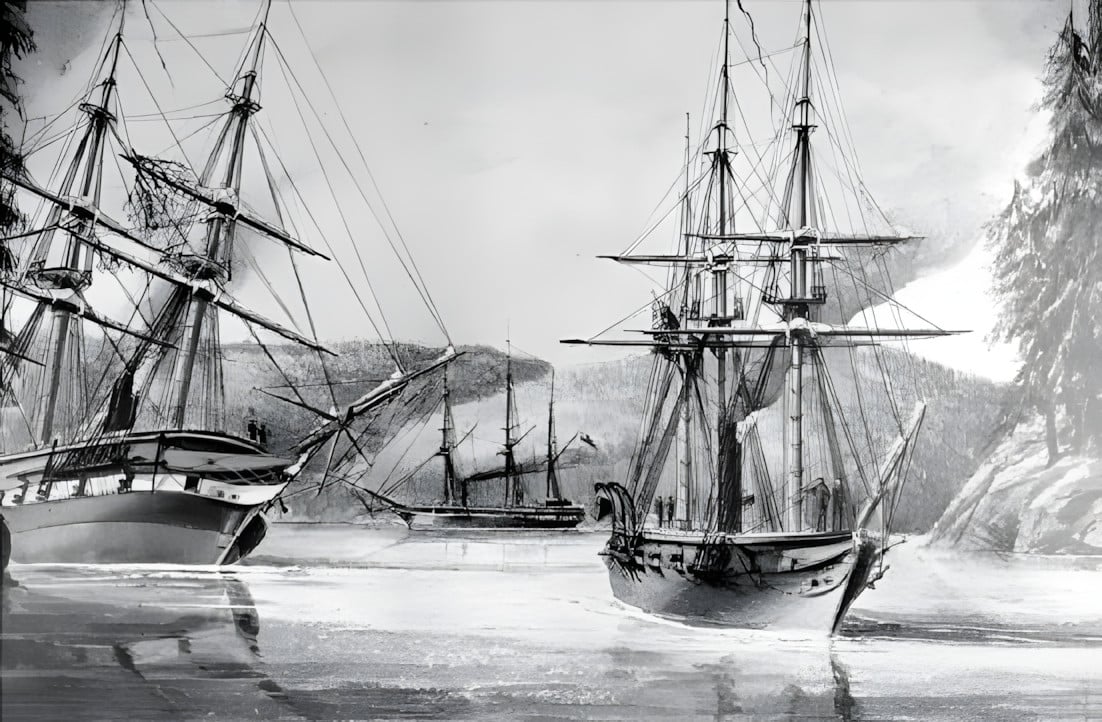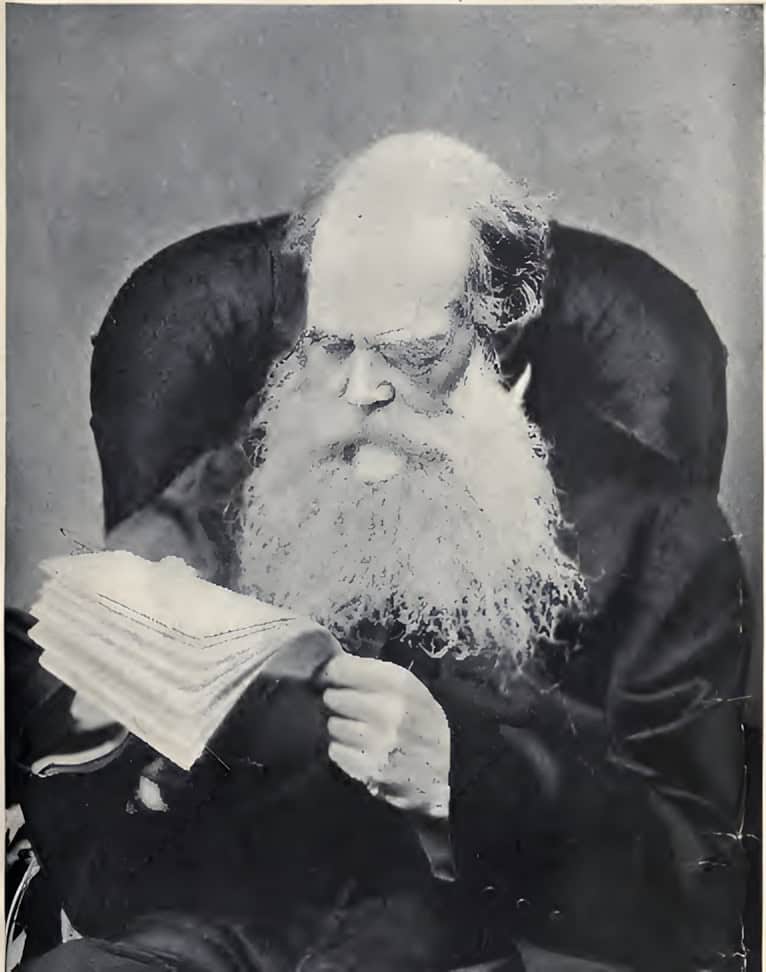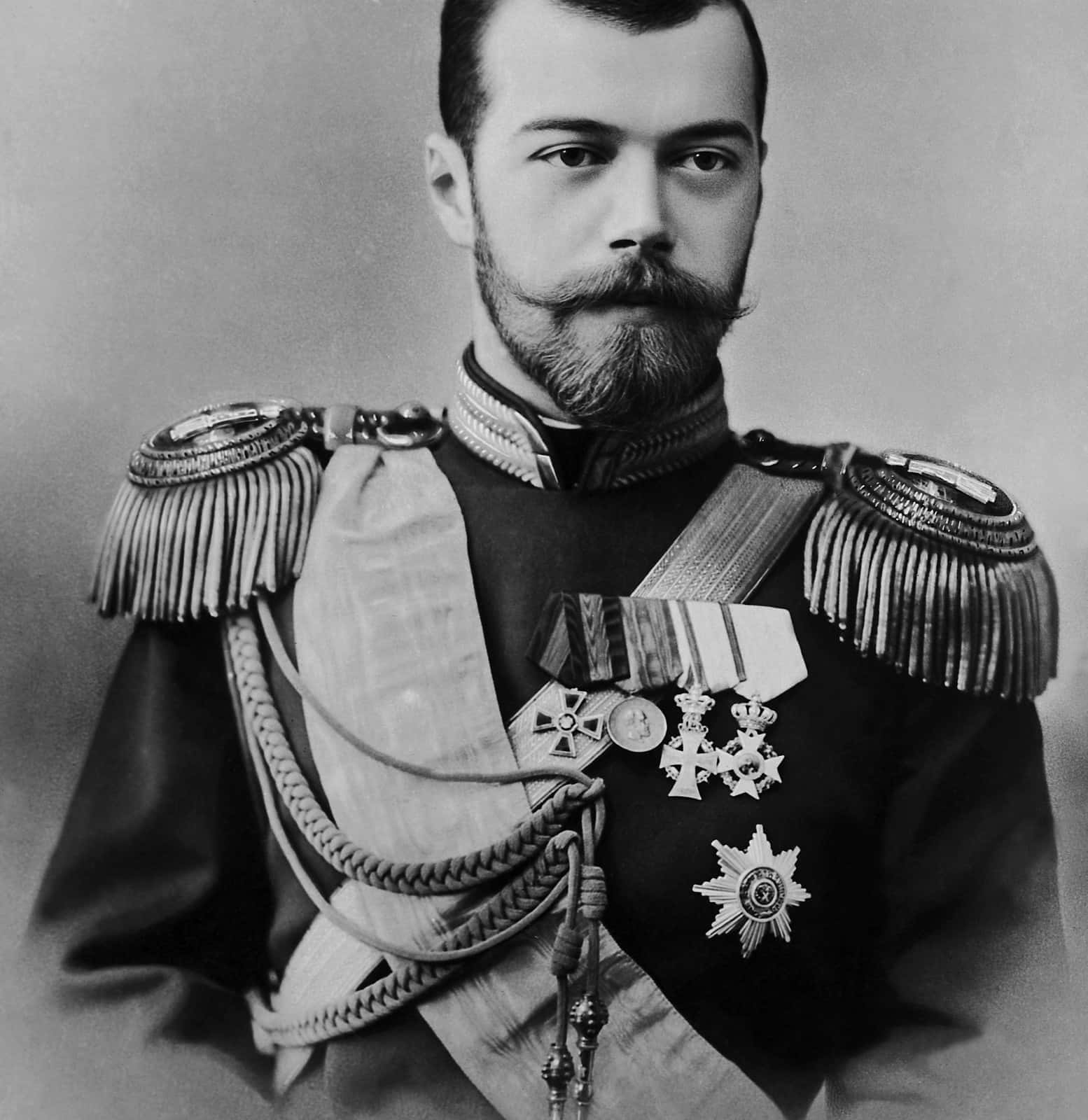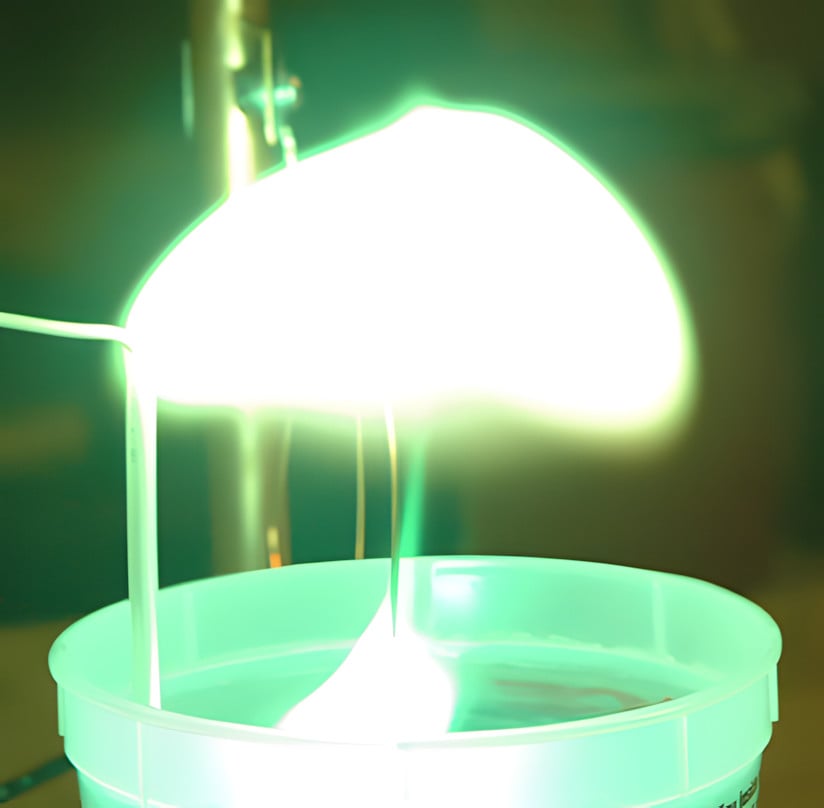For the most part, we’re already familiar with what lightning looks like during a thunderstorm. We’ve seen it in pictures, videos, and undoubtedly in person hundreds of times. What most of us haven’t seen is a phenomenon known as “ball lightning.” As they only infrequently appear, they are even harder to study, including why they happen and what leaves the stinky smell that emanates from the area after they are gone.
What Is Ball Lightning?

Described as a luminescent, spherical object, multiple accounts of ball lightning have explained it differently. The more recent explanation came from John Abrahamson at the University of Canterbury in New Zealand. Abrahamson explained that when lightning hits the ground, intense heat can create a chain reaction on the ground that essentially re-oxidizes a hot ball of gas, which appears to the human eye as a glowing orb. However, it’s worth noting there is no widely accepted scientific explanation.
Does Ball Lightning Stink?

There have been dozens of sighting reports, including some as far back as the 19th century, that indicate the ball explodes, leaving behind a sulfur odor, which explains the sink. While not every sighting indicates the same smell, as eyewitness accounts vary, it’s hard to say with 100% certainty why there is a smell.
Characteristics

The various eyewitness accounts have indicated that understanding ball lightning is difficult. Some say it moves up and down, while others say it moves sideways. There are also conflicting accounts on how large the ball of lightning appears.
The same uncertainty is hinted at for the lightning color, as reports indicate it can be red, orange, or yellow. In addition, ozone, burning sulfur, and nitrogen oxide odors are often reported, further explaining the stinkiness.
Gervase of Canterbury

Among the earliest sightings of a ball of lightning, the Gervase of Canterbury, an English monk, documented the first known reference near London in June 1195. Examinations of the monk’s chronicle entry believe he is describing a ball of lightning.
HMS Montague

One of the largest examples of the lightning ball was documented by Admiral Chambers on the HMS Montague on November 4, 1749. In this particular instance, the event occurred around noon, and the explosion from the ball was significant enough to knock down the ship’s topmast, injure five men, and still provide a “strong sulfurous smell.”
HMS Warren Hastings

Another incident onboard a boat described a sickening smell after three “balls of fire” were said to attack the HMS Warren Hastings. According to first-hand reports, one ball set the ship’s mast on fire while two others killed multiple crew members.
Ebenezer Cobham Brewer

In his 1864 book, “A Guide to the Scientific Knowledge of Things Familiar,” Ebenezer Cobham Brewer wrote about “globular lightning.” Described as a slow-moving ball of fire or explosive gas, his account validates some other first-hard experiences by indicating these balls may explode “like a cannon.”
Tsar Nicholas II

The final tsar of the Russian Empire, Nicholas II, once reported witnessing a “fiery ball flying from the window straight towards the head of the Emperor.” After this experience, the Tsar explained that he “had no more fear of storms.”
Lab Experiments

Various lab experiments have been conducted over the years to reproduce ball lightning. Even Nikola Tesla once attempted to produce lightning balls around 1.5 inches in size. Wave-guided microwaves, water discharge experiments, home microwave oven experiments, and even silicon experiments have all been attempted in hopes of identifying how balls of lightning form.
Hypotheses

As there is no single explanation for lightning balls, several hypotheses have been put forth over the years. These range from vaporized silicon to electrically charged solid-core models, and the most unusual hypothesis indicates that these balls of lightning are little more than hallucinations.
The image featured at the top of this post is ©Creative Commons.








